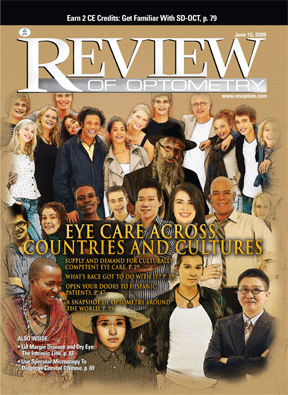 Im not a museum-goer. In fact, even though I was an otherwise straight-A student, I was lucky to get a C in fine arts. Still, if you asked me to name one artist whose work screams All-American-Apple-Pie, Id definitely answer, Norman Rockwell. But, as it turns out, because my understanding of Rockwell stems entirely from my childhood memories of carols and bedtime stories read to me from Norman Rockwells Christmas Book, I haveuntil nowbeen entirely oblivious to the artists most defining work.
Im not a museum-goer. In fact, even though I was an otherwise straight-A student, I was lucky to get a C in fine arts. Still, if you asked me to name one artist whose work screams All-American-Apple-Pie, Id definitely answer, Norman Rockwell. But, as it turns out, because my understanding of Rockwell stems entirely from my childhood memories of carols and bedtime stories read to me from Norman Rockwells Christmas Book, I haveuntil nowbeen entirely oblivious to the artists most defining work.
It wasnt until a few days ago, when I was meeting with the Review staff to discuss concepts for this months cover, Eye Care Across Countries and Cultures, that I came to learn about the breadth of Rockwells work.
 Reviews exceptionally talented art director, Jared Araujo, dutifully read each and every feature in the magazine and wisely (not to mention tactfully) pooh poohd my idea for a giant globe on the cover. Instead, he suggested that we try to use Rockwells The Golden Rule, whichsurprise, surpriseI had never seen, and whichfor shameyou will not see here either, because the licensing fees are exorbitant.
Reviews exceptionally talented art director, Jared Araujo, dutifully read each and every feature in the magazine and wisely (not to mention tactfully) pooh poohd my idea for a giant globe on the cover. Instead, he suggested that we try to use Rockwells The Golden Rule, whichsurprise, surpriseI had never seen, and whichfor shameyou will not see here either, because the licensing fees are exorbitant.
But, be that as it may, the concept was an inspiring one. So, Jared tried his hand, to great success, at recreating it in such a way that it would exemplify both the diversity of patient populations as well as the moral obligation of healthcare providers to follow the adage inscribed on Rockwells piece: Do Unto Others As You Would Have Them Do Unto You.
Published as the Easter cover of The Saturday Evening Post on April 1, 1961, The Golden Rule depicts a sea of people representing many lands, religions, skin colors and social strata. Originally, he wanted to paint it as a ten-foot mural for the United Nations, but the U.N. wasnt interestedat least, not at the time. In 1985, however, as a fortieth anniversary gift, Nancy Reagan, then the First Lady, presented The Golden Rule to the U.N. on behalf of the
Famous as the painting is, I had never heard of it. But, a quick Google search produced countless images of the famous painting (I wonder what the licensing firm would say about that). Even a novice like myself could immediately identify the artist as the same man who, so many years ago, made stories like, Yes, Virginia, There is a Santa Claus, come to life.
In contrast to Rockwell, Jared used modern technology and techniques to make this cover come to life. Like Rockwell, he individually hand-picked his subjects (all 26 of them). Next, he arranged them in such a way that the composition resembles Rockwells own. Finally, he meticulously applied special effects to give the image a painted appearence. The result is spectacular, especially when you take into account all of the competing factors that secretly served as inspiration.
On the surface, this months cover illustrates the great diversity in the populations that you serve. But, beneath that, this cover says something else. Namely, that no matter how different things look on the outside, there is a sameness, or unity, that connects us all.
In 1897, 8-year-old Virginia OHanlon wrote to the

